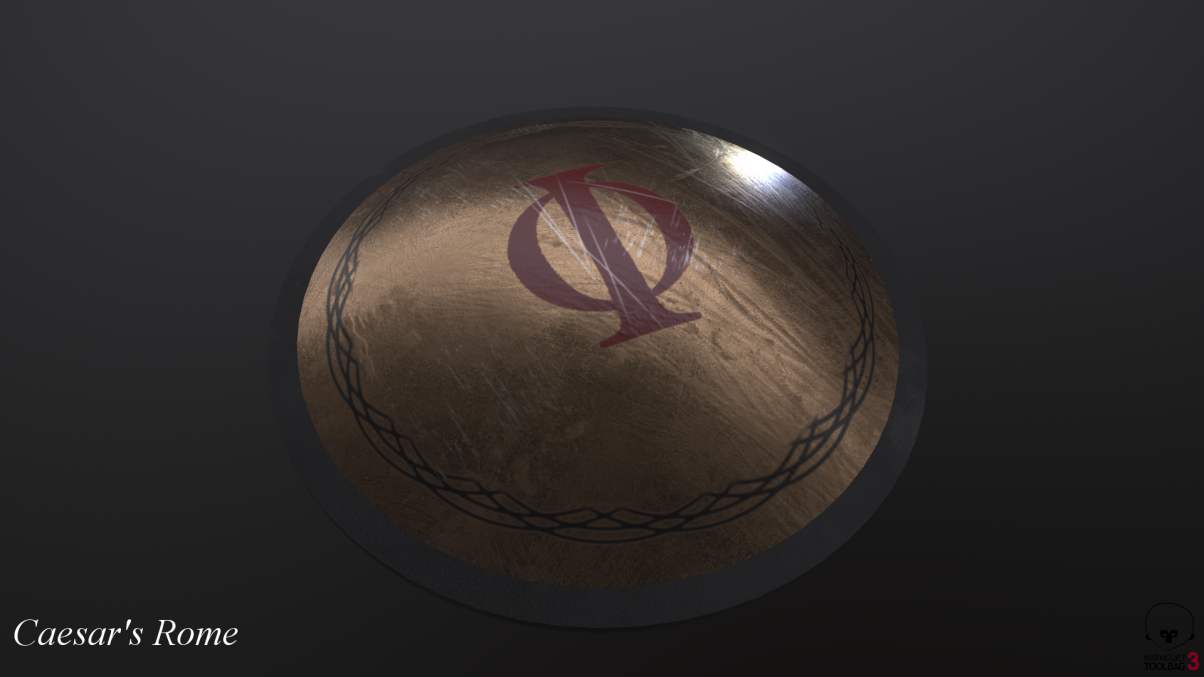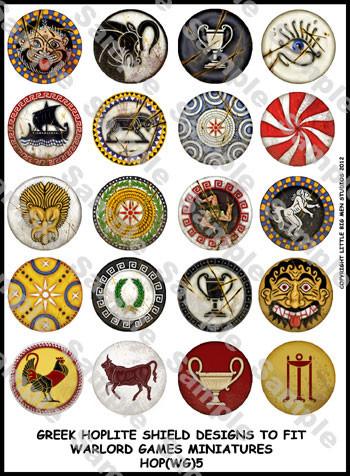

Fannius Synistor.” (October 2004)ĭepartment of Greek and Roman Art. “ Boscoreale: Frescoes from the Villa of P.

“ Athenian Vase Painting: Black- and Red-Figure Techniques.” (October 2002)ĭepartment of Greek and Roman Art. “ Roman Copies of Greek Statues.” (October 2002)ĭepartment of Greek and Roman Art. “ Roman Egypt.” (October 2000)ĭepartment of Greek and Roman Art. “ The Severan Dynasty (193–235 A.D.).” (October 2000)ĭepartment of Greek and Roman Art. “ Augustan Rule (27 B.C.–14 A.D.).” (October 2000)ĭepartment of Greek and Roman Art. “ The Julio-Claudian Dynasty (27 B.C.–68 A.D.).” (October 2000)ĭepartment of Greek and Roman Art. “ The Flavian Dynasty (69–96 A.D.).” (October 2000)ĭepartment of Greek and Roman Art. “ Geometric Art in Ancient Greece.” (October 2004)ĭepartment of Greek and Roman Art. “ Death, Burial, and the Afterlife in Ancient Greece.” (October 2003)ĭepartment of Greek and Roman Art. “ Ancient Greek Dress.” (October 2003)ĭepartment of Greek and Roman Art. “ The Antonine Dynasty (138–193).” (October 2000)ĭepartment of Greek and Roman Art. 310 B.C.).” (July 2007)ĭepartment of Greek and Roman Art. See on MetPublications Additional Essays by Department of Greek and Roman Artĭepartment of Greek and Roman Art. New York: Metropolitan Museum of Art, 2000. Greek Art from Prehistoric to Classical: A Resource for Educators. Hornblower, Simon, and Antony Spawforth, eds. Warfare in Ancient Greece: Arms and Armour from the Heroes of Homer to Alexander the Great. (October 2000) Further ReadingĮverson, Tim.

New York: The Metropolitan Museum of Art, 2000–. “Warfare in Ancient Greece.” In Heilbrunn Timeline of Art History. A successful battle often consisted of one phalanx, hundreds of men across and eight or more warriors deep, pushing against an enemy’s phalanx until one or the other broke formation, exposing its hoplites to danger and death.ĭepartment of Greek and Roman Art. They advanced in close formation while protected by their overlapping shields. The second wealthiest class, the hippeis (“horsemen”), earned enough from their land to maintain a horse and so fought as cavalry the third wealthiest group, the zeugitai, were able to afford the equipment of a hoplite the wealthiest class, the pentakosiomedimnoi (“five-hundred-bushel men”), supplied the leaders for the armed forces and the poorest class, the thetes, were hired laborers who served as oarsmen in the Athenian fleet, or as archers and light-armed men on land.īacked up by archers and light-armed troops, the hoplite phalanx remained the most important fighting unit for centuries. In the early sixth century B.C., the archon Solon instituted four classes defined by income and gave each class a proportionate measure of political responsibility. In Athens, military service was determined by a citizen’s social and economic position. Furthermore, the initiatives taken during the latter part of the sixth century to standardize the Homeric epics in written form fostered a broader interest in heroic subject matter. In nearly every medium of Attic art of the sixth century B.C., the hoplite and warfare feature prominently, as military service was a primary distinction of citizenship-a mark of status and often of wealth, as well as a means of attaining glory. The heavy bronze shield, which was secured on the left arm and hand by a metal band on its inner rim, was the most important part of a hoplite’s panoply, as it was his chief defense. The typical panoply included an eight- to ten-foot thrusting spear with an iron tip and butt, and bronze armor consisting of a helmet, cuirass (chest armor), greaves (shin guards), and a large shield about 30 inches in diameter. Known as hoplites, these soldiers were characteristically equipped with about seventy pounds of armor, most of which was made of bronze. As the economic resources of Greek city-states and individuals increased during the seventh century B.C., armies of foot soldiers were formed within the wealthier city-states.


 0 kommentar(er)
0 kommentar(er)
